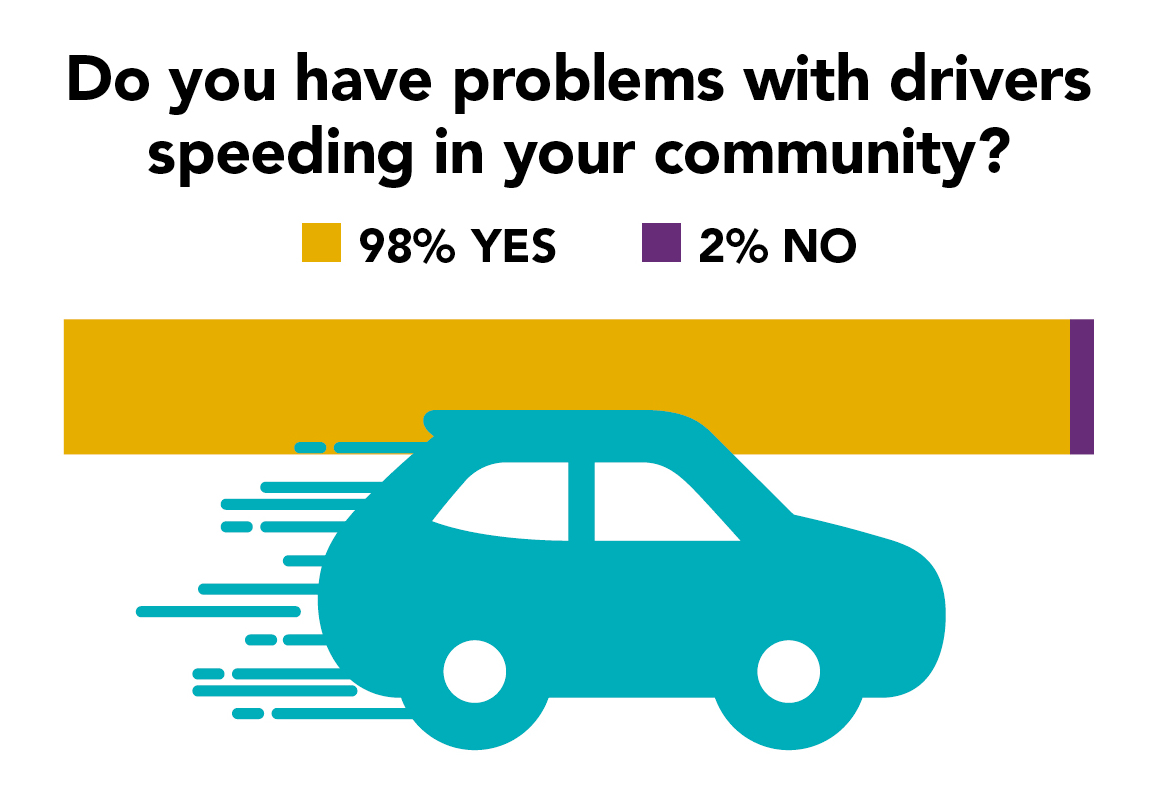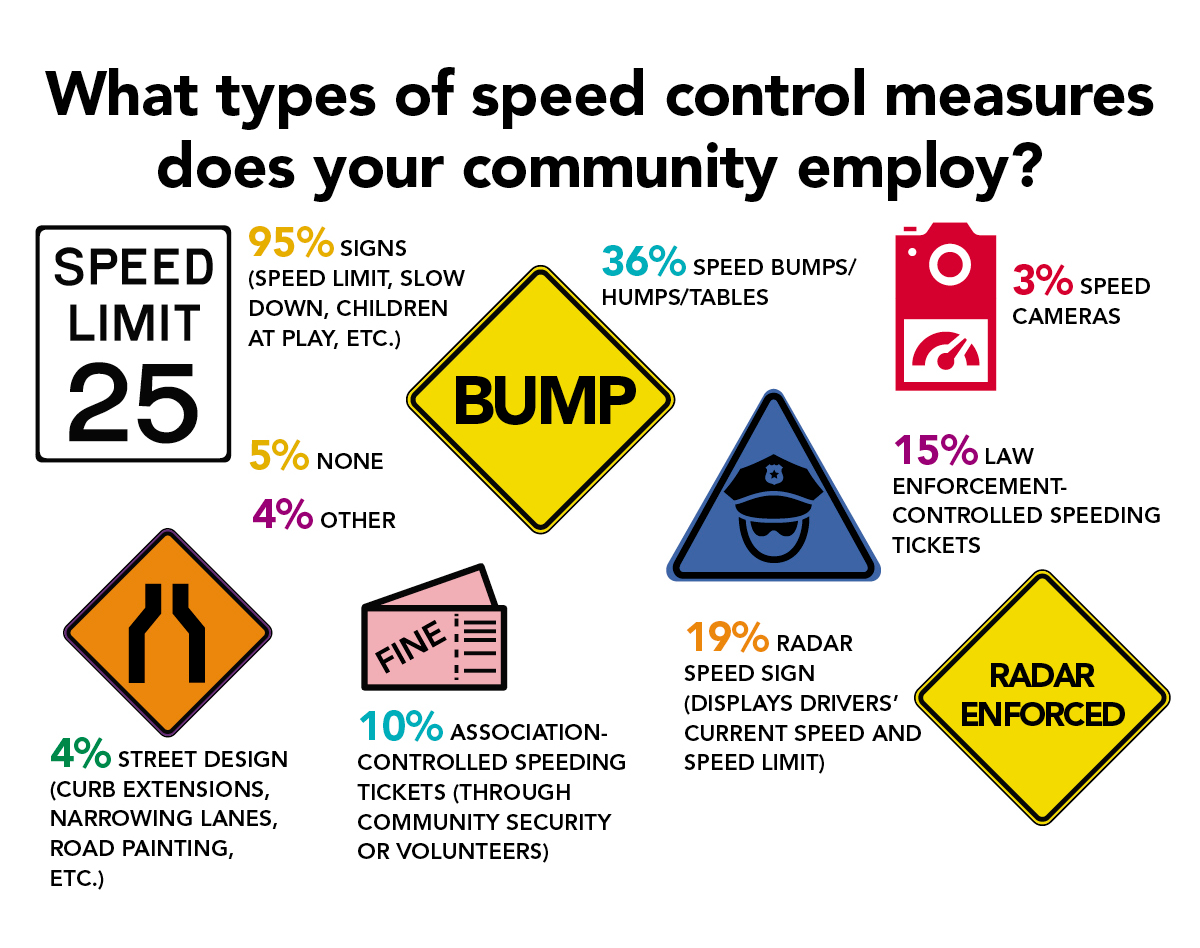Frequent headline-grabbing coverage of community associations can cast a bad light on communities that are well-run and consist of hard-working volunteers and professional managers. With social media, it doesn’t take long for a negative message to get out, or a crisis to happen.
Common situations that can lead to intense and often controversial coverage include special assessments and rules enforcement, especially surrounding things like flags, playhouses, and pets. Criminal activity, such as alleged fraud or embezzlement, also can prompt media calls.
You can ward off many possible public relations problems at the beginning by clearly communicating with residents, but if your community finds itself in the media spotlight, here are some steps you can take to address reporters and camera crews:
Identify a spokesperson. This can be a board member, someone on the management team, or a member of the association who has experience with the press. If they’re inexperienced, consider professional media relations training so they will be calm and confident rather than defensive. If you’re confronted with a major issue, you may want to seek help from your attorney in crafting a response or refer requests directly to him or her.
Prepare a media plan. Have a plan that spells out what to do when a staff member or manager is contacted by a reporter. Consider having stock responses for common queries. Make a fact sheet to hand out with basic information about your community, such as when it was built, how many homes it has, its amenities, social media accounts, and contact information of your media spokesperson.
Be accessible. Respond in a timely fashion to media requests. Avoid answering questions with “no comment.†Develop working relationships with any journalist likely to repeatedly cover your association, such as a local community or business reporter. Help them understand your community and associations in general.
Maintain transparency. The board should have a communications policy that allows residents to submit questions, comments, concerns, and complaints in writing. The board should respond to them in a timely manner. Regular and frequent communication can help decrease gossip and misstatements.
The post Facing the press: Strategies to manage media coverage of community associations appeared first on Ungated: Community Associations Institute Blog.


